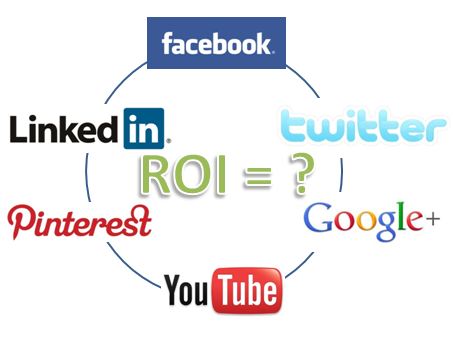Personally, I understand the value of social media — even if 80 percent of people using it are “me-formers” — because it connects family and friends in a new way. It’s always remarkable to me when I can know exactly where someone is (at church!) or what they’re doing (baking!) because of an instant photo share. That basically wasn’t possible even 10 years ago.
For businesses, though, it’s a different picture.
I wrote a little bit about Facebook as a failed marketing cornerstone yesterday, and now there’s more from the CMO Survey. Let’s dive in:
- 351 marketing leaders took this August 2014 survey.
- Social media is currently, on average, about 9.4 percent of marketing budgets. (Not a lot, overall.)
- In five years, it’s supposed to rise to about 21 percent of budgets.
- That’s a 128 percent increase in spend.
Alright, so 128 percent more money will be spent on social media in five years, essentially. You’d assume that if that’s happening, these 351 marketing leaders see a real chance to generate bottom-line revenue off of social media. Why else would you increase your input on it that much?
Here’s how companies demonstrate social ROI, from the same survey:
Alright, so … 15 percent have proven the impact. 45 percent haven’t shown the impact at all, and another 40 percent have no quantitative impact. That means that 85 percent of these 351 marketing leaders aren’t seeing quantitative impact, and yet, they’re increasing budgets.
That’s a lemmings mentality.
Here’s something that’s buried in the CMO Survey post: only 2.3 percent of marketing budgets go towards analyzing metrics/data.
That’s also a lemmings mentality: everyone is “on board” with Big Data, but no one really knows how to use it.
Marketing is important, but it’s also fairly simple. What is the story and/or value of your brand? Tell people that.
The channels you’re on almost don’t 100 percent matter.
But if you can’t prove the impact of something — and you’re only spending 2 out of every 100 dollars going on even trying to prove it — then use it less and focus on it less, at least until you get some kind of idea of what and how you’re doing with it.

